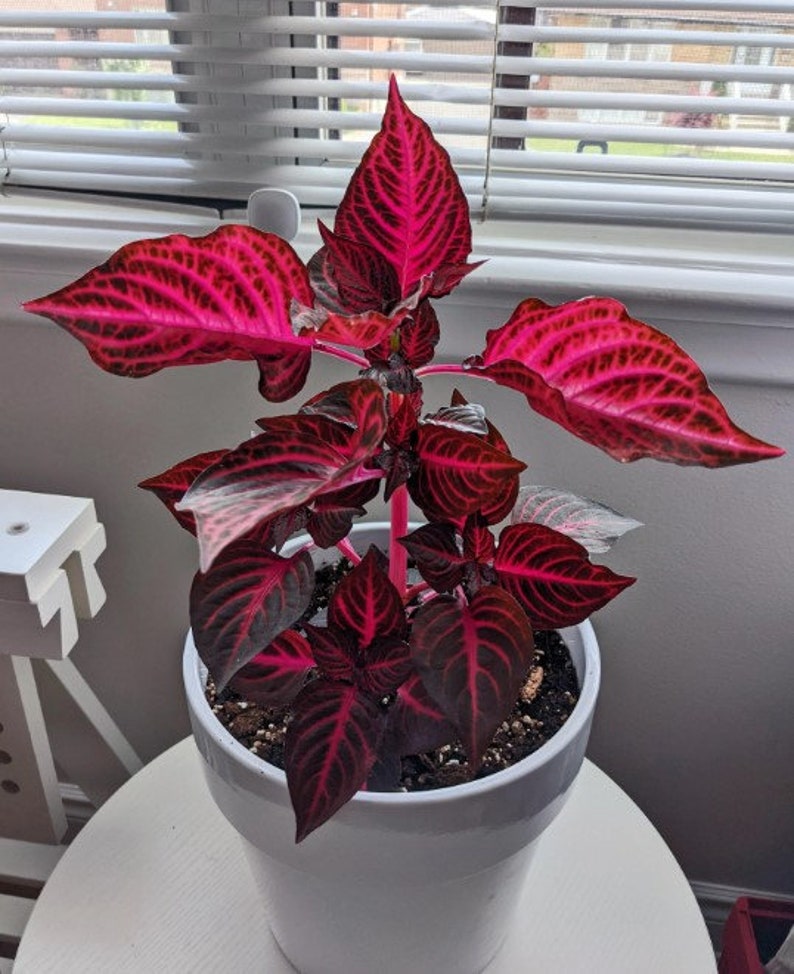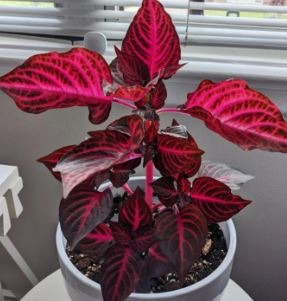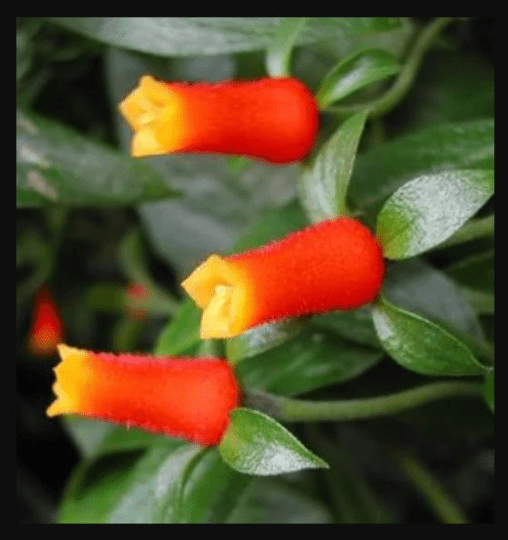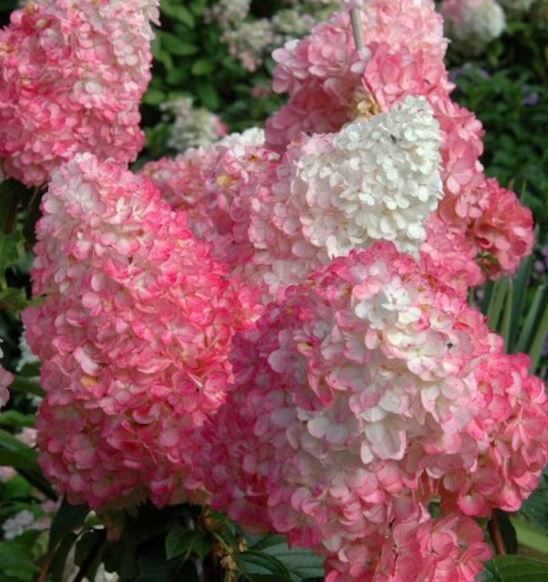Welcome to the Bloodleaf Guide!

Bloodleaf
Red bloodleaf plants are an excellent choice for adding a bit of color and character to any home. Native to the tropical forests of Central and South America, the plant is known for its striking red foliage. Its leaves are often tinged with shades of burgundy and purple, while the veins are a deep, dark red.
This unique and attractive houseplant is easy to care for, making it a great choice for beginner gardeners. It requires minimal care and can tolerate low to medium light levels, as well as moderate temperatures. These plants are best grown in well-drained, slightly acidic soil and benefit from regular fertilization.
Fast-growing plants, so you’ll quickly be rewarded with an impressive display of foliage. The plants can also be trained to climb, making them a great option for a hanging basket or trellis. If you’re looking for a bright and eye-catching houseplant, the red bloodleaf is a great choice.
Care Guide
The red bloodleaf houseplant, scientifically known as Iresine herbstii, is a popular indoor plant with vibrant red foliage. It adds a splash of color to any space. Here’s a care guide to help you keep your red bloodleaf houseplant healthy and thriving:
- Light:
- Place your red bloodleaf plant in a location with bright, indirect light. It prefers several hours of bright, filtered sunlight each day.
- Avoid placing it in direct sunlight as it can scorch the leaves. Insufficient light can cause the foliage to lose its vibrant color.
- Temperature:
- The red bloodleaf plant thrives in warm temperatures between 60°F and 80°F (15°C to 27°C).
- Avoid exposing it to drafts or sudden temperature fluctuations, as they can stress the plant.
- Watering:
- Keep the soil consistently moist but not waterlogged. Water your red bloodleaf plant when the top inch of soil feels dry to the touch.
- Provide enough water to thoroughly saturate the soil, allowing excess water to drain out from the bottom of the pot.
- Avoid letting the plant sit in standing water, as it can lead to root rot.
- Humidity:
- Red bloodleaf plants appreciate higher humidity levels. You can increase humidity around the plant by placing it on a tray filled with pebbles and water.
- Misting the foliage with water occasionally can also help increase humidity.
- Ensure good air circulation to prevent any fungal diseases.
- Fertilization:
- Feed your red bloodleaf plant with a balanced, water-soluble houseplant fertilizer every four to six weeks during the growing season (spring to summer).
- Follow the instructions on the fertilizer package for the correct dosage.
- Avoid fertilizing during the winter months when the plant is in a dormant phase.
- Pruning and Maintenance:
- Regularly pinch back the growing tips of your red bloodleaf plant to encourage bushier growth and maintain its shape.
- Remove any yellowing or damaged leaves promptly to maintain the plant’s appearance and health.
- Periodically check the plant for pests, such as spider mites or aphids. If necessary, treat the infestation with an appropriate insecticidal soap or horticultural oil.
- Repotting:
- Red bloodleaf plants may require repotting every one to two years, or when they outgrow their current container.
- Choose a pot that is slightly larger than the current one and has drainage holes.
- Use well-draining potting soil, and ensure that the plant is positioned at the same depth as it was in the previous pot.
- Winter Care:
- Red bloodleaf plants are sensitive to cold temperatures. Keep them away from drafts and cold windows during the winter months.
- Maintain a minimum temperature of around 60°F (15°C) to prevent cold stress.
- Reduce watering during winter as the plant’s growth slows down.
By following these care instructions, you can enjoy the vibrant foliage of your red bloodleaf houseplant and ensure its well-being.





